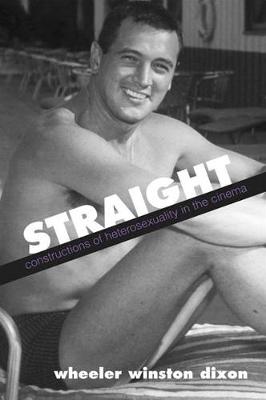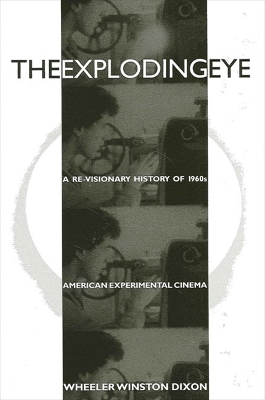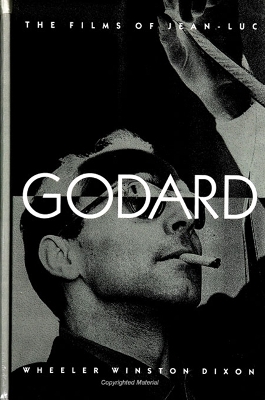SUNY series, Cultural Studies in Cinema/Video
4 total works
straight / 'strāt (adj.) . . . without curves . . . correct . . . honest . . . not deviating from the normal . . . conventional . . . Heterosexual
Practically all mainstream cinema is "straight," and has been since its inception. In Straight, Wheeler Winston Dixon explores how heterosexual performativity has been constructed in film, from early cinema to the present day. In addition to discussing how cinematic visions of masculine and feminine desire have been commodified and sold to reinforce existing societal constructs, Dixon also documents the recent emergence of "hypermasculinity," a kinetic and exaggerated masculinity that has been created to counter the more gentle, thoughtful male portrayed in While You Were Sleeping, Sleepless in Seattle, and other films that seemingly threaten the established order of patriarchal cinematic discourse.
Practically all mainstream cinema is "straight," and has been since its inception. In Straight, Wheeler Winston Dixon explores how heterosexual performativity has been constructed in film, from early cinema to the present day. In addition to discussing how cinematic visions of masculine and feminine desire have been commodified and sold to reinforce existing societal constructs, Dixon also documents the recent emergence of "hypermasculinity," a kinetic and exaggerated masculinity that has been created to counter the more gentle, thoughtful male portrayed in While You Were Sleeping, Sleepless in Seattle, and other films that seemingly threaten the established order of patriarchal cinematic discourse.
The Exploding Eye explores the work of lesser-known American experimental filmmakers whose work has been excluded from the dominant film canon. Although the works of such artists as Michael Snow, Stan Brakhage, Bruce Conner, Robert Nelson, and Maya Deren are well-known to the contemporary scholar of independent cinema, there is an entire body of work created in the American experimental cinema that has been overlooked, work of considerable beauty and influence that was enthusiastically received when first released and that is still available for viewing today, awaiting long-overdue rediscovery.
Featuring more than seventy rare stills and complete information on the films and filmmakers covered, The Exploding Eye offers a fresh vision of American experimental film for critics, scholars, and the general reader.
Featuring more than seventy rare stills and complete information on the films and filmmakers covered, The Exploding Eye offers a fresh vision of American experimental film for critics, scholars, and the general reader.
One of the most important, controversial, and prolific filmmakers in film history, and a founder of French New Wave cinema, Jean-Luc Godard has maintained an unbroken string of films in various genres and mediums from the late 1950s onward. Godard has established a reputation as a rebel who can work within and outside the system, producing films that are creative, breathtakingly beautiful, and yet commercial enough to earn back their production costs. In this book, Wheeler Winston Dixon offers an overview of all of Godard's work as a filmmaker, including his work for television and his ethnographic work in Africa. Free from the jargon and value judgments that have marred much of what has been written about Godard, this is the only book that covers the entirety of Godard's career, from his early film criticism for Cahiers du Cinema to his most recent video/film work. Illustrated with forty-six rare stills and researched in detail, it is the Godard book for the 1990s.



